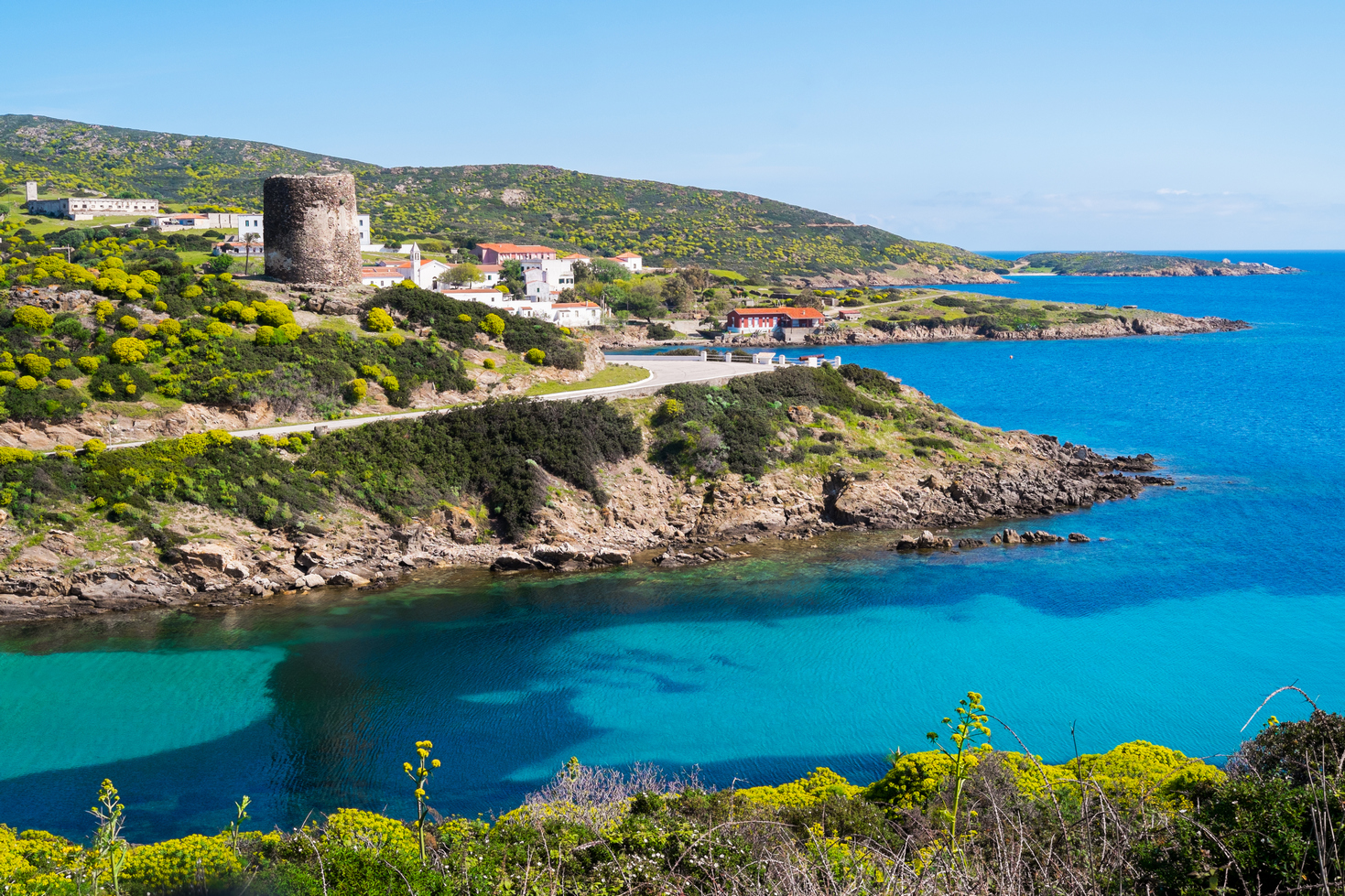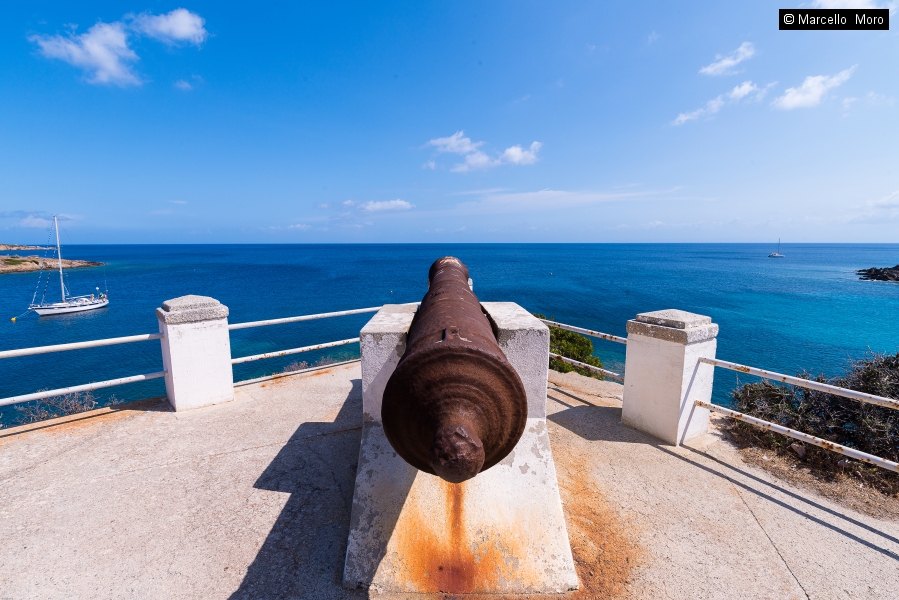



The Tower of Cala d’Oliva was built in 1611 on a project by the ordinary captain of the Works of the Kingdom of Sardinia, Andrea Perez.

Its position allowed it to control a beach frequented by Barbary people for the maintenance of their boats. Following the construction of the tower, the landing place was no longer appreciable for entertaining undisturbed.

The view from the tower allowed the employees to communicate with the managers present in the tower of Porto Torres. In 1637 a French contingent attacked the tower, seriously damaging it. Immediately after, however, action was taken, also introducing some innovations to make it more suitable for its function.

Restorations were made throughout the eighteenth century and in the first half of the nineteenth century: the last documented maintenance dates back to 1840. Around the first half of the eighteenth century the tower of Cala d'Oliva was at the center of a very serious fact: the alcaide con some of his accomplices stole aboard a French vessel and after having killed almost all the crew (a certain Mayolo who had escaped by swimming had escaped the massacre) seized the ship and then fled to Corsica. The fact itself suggests, perhaps, the existence of a sort of complicity of the towers with smugglers.

This complicity led, in October 1755, the viceroy to propose a service of at least 4 coastguard swords that would have guaranteed not only the defense of the coasts but also controlled the activity of the towers.

The small village near the Tower was inhabited by the future founders of Stintino until 1885, the year in which the penal colony was established. Since then Cala d’Oliva has no longer permanent residents. For a century it was a maximum security prison: commanders, guards and their families lived in the village. So until 1997, when Asinara became a national park.

Today the premises are the headquarters of the managing body: it houses the Botanical Observatory.

The cannon (now positioned in front of the Aragonese tower of Cala d'Oliva) was not part of the defensive system of the homonymous village. The piece of artillery had been moved, at the end of the 40s of the last century from the Fornelli pier (under the tamarisk trees), near the structure where the sanatorium was located, known today as the "Fornelli superprison". It is assumed that this cannon was destined for the fortress of "Castellazzo" or was a war prey that had to be taken away from the island.

The Mazzei company of Livorno, which was in charge of collecting the railroad present on the island, tried to take away the cannon by embarking it from the Cala Reale pier but the young Gianfranco Massidda residing in the village of Cala d'Oliva denounced the fact at the time director of the Fadda prison, who will immediately arrange for his transfer to the village of Cala d'Oliva.

At the end of the 60s it was Brigadier Agnelli (the creator of all the most important reservoirs on the island) who made sure that the cannon was positioned in front of the Cala d'Oliva tower so as to embellish the stretch of road that goes from the village to "Cala Murighessa" (erroneously known as "Cala dei Detenuti"): in fact in that period, the inhabitants of the village, in that stretch of road illuminated with light poles, used to take walks.

Cala d'Oliva Tower
Address: Sassari, 07046
Phone: 079 503388
Site:
http://www.sardegnaturismo.itLocation inserted by
CHO.earth